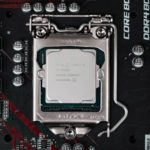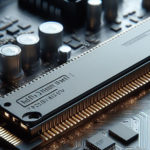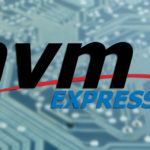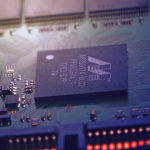Ubuntu is a free and open-source operating system and a Linux distribution based on Debian. It was first released in 2004 and is developed by […]
Tag Archives: Gadgetry
Advantages and Disadvantages of CISC
One of the two main types of instruction set architecture used in processor design is called complex instruction set computer or CISC architecture. It combines […]
FAT32: Advantages and Disadvantages
The FAT32 file system is the third version of the File Allocation Table or FAT file system. It was developed by Microsoft to overcome the […]
NTFS: Advantages and Disadvantages
Microsoft introduced its New Technology File System or NTFS in 1993 and made it the default file system in Windows beginning with the release of […]
exFAT: Advantages and Disadvantages of Extensible FAT
Microsoft introduced the Extensible File Allocation Table or exFAT in 2006 as a file system optimized for flash memory devices such as USB flash drives […]
M.2 SSD: Advantages and Disadvantages
An m-dot-two solid-state drive or M.2 SSD is a small form factor solid-state drive based on the M.2 interface for mounted computer expansion cards and […]
Advantages and Disadvantages of NVMe Protocol
Non-Volatile Memory Express or NVMe is a high-performance and scalable data transfer and storage protocol used in flash memory technology and solid-state drive implementation. It […]
Advantages and Disadvantages of eMMC
An Embedded Multimedia Card or eMMC is an internal flash storage based on the Multimedia Card or MMC memory card standard. Take note that MMC […]
mmWave 5G: Advantages and Disadvantages
There are two types of network technologies used in fifth-generation or 5G networks. These are the Sub-6 GHz 5G technology and the millimeter-wave or mmWave […]
Sub-6 GHz 5G: Advantages and Disadvantages
Not all 5G networks and 5G-capable devices are the same. The fifth-generation network standard runs on two different network technologies. These are the Sub-6 GHz […]









